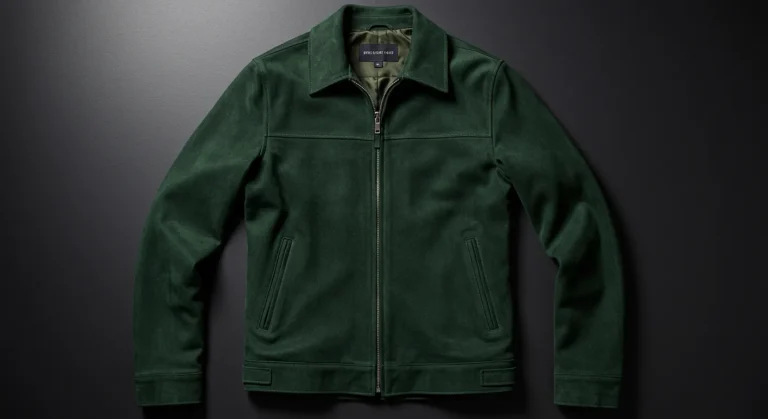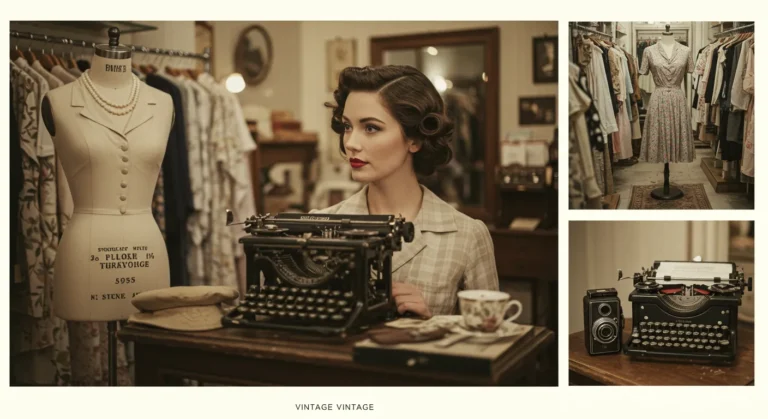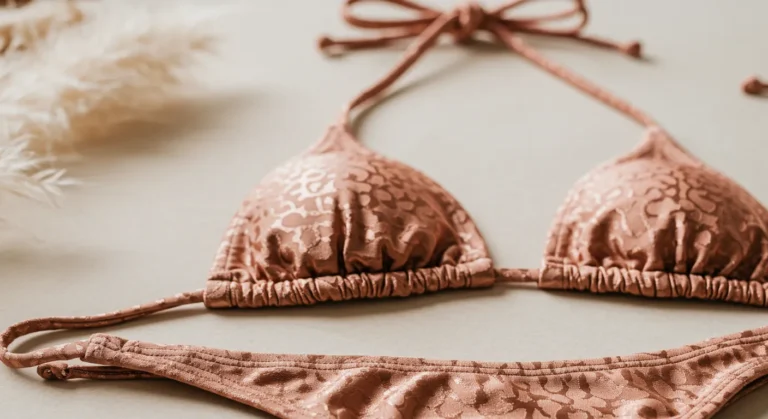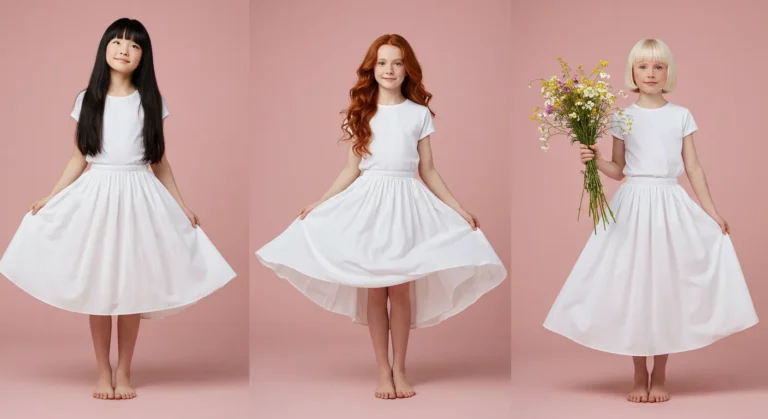What is Emery Cloth in Fashion: Tips & Hacks 2025
Introduction
When you think of fashion, tools like sewing machines, needles, and sketchbooks probably come to mind. But hidden behind the seams of some of the most flawless garments is a lesser-known hero—emery cloth. Though often associated with industrial or mechanical work, this gritty yet flexible material has quietly made its way into the world of fashion design, playing a crucial role in garment refinement and material preparation.
What Is Emery Cloth?
It is a type of abrasive fabric, typically made by bonding emery powder—a natural mineral containing corundum and iron oxide—to a cloth backing. The cloth is usually cotton or polyester, giving it flexibility, while the abrasive particles provide grit for sanding or polishing.
Why Fashion Designers Use It
In the fashion world, texture and finish are everything. Whether it’s smoothing out raw hems on denim or preparing leather before dyeing, emery cloth helps designers achieve a clean, finished surface. From couture to casual wear, it’s become a staple tool behind the scenes.
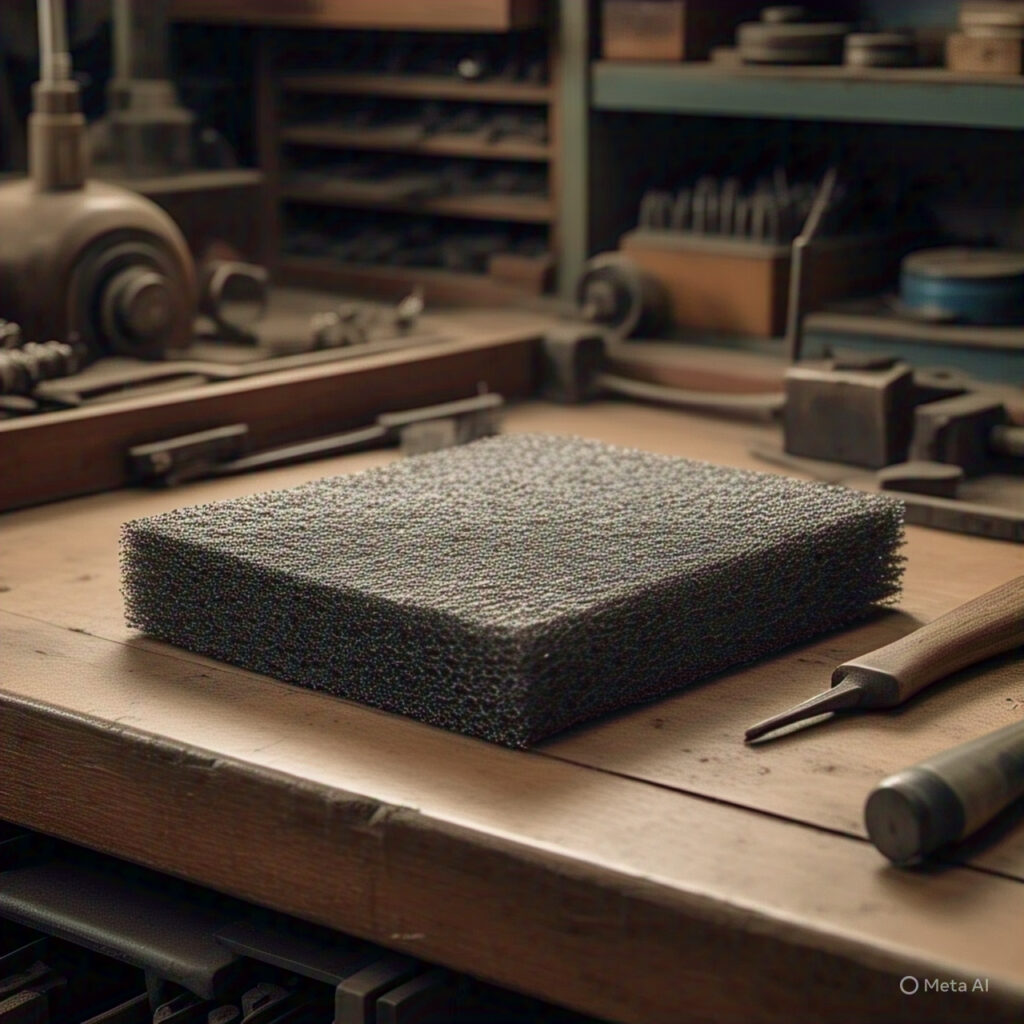
How Emery Cloth Is Made and What It’s Composed Of
To appreciate emery cloth’s value in fashion, we need to understand what goes into making it. The manufacturing process is a combination of textile engineering and abrasive technology.
Base Fabric Layer
Most are built on a durable cotton or polyester fabric. This cloth needs to be flexible enough for hand use but strong enough not to tear during sanding.
The Abrasive Coating
The star of the show is the emery grain, a naturally occurring mixture of corundum (aluminum oxide), spinel, and magnetite. These grains are bonded onto the cloth using a resin or glue and then cured, giving the cloth its distinctive gritty texture.
Grit Levels Matter
Just like sandpaper, emery cloth comes in various grit levels. In fashion applications:
- Fine grit (320–600) is used for polishing delicate surfaces.
- Medium grit (180–220) works for light shaping.
- Coarse grit (60–120) is used on thicker fabrics or materials like denim and leather.
Difference From Sandpaper
While similar in function, is more flexible and fabric-safe. Unlike sandpaper, which can tear or damage soft materials, emery cloth conforms to surfaces, making it ideal for garments and accessories.
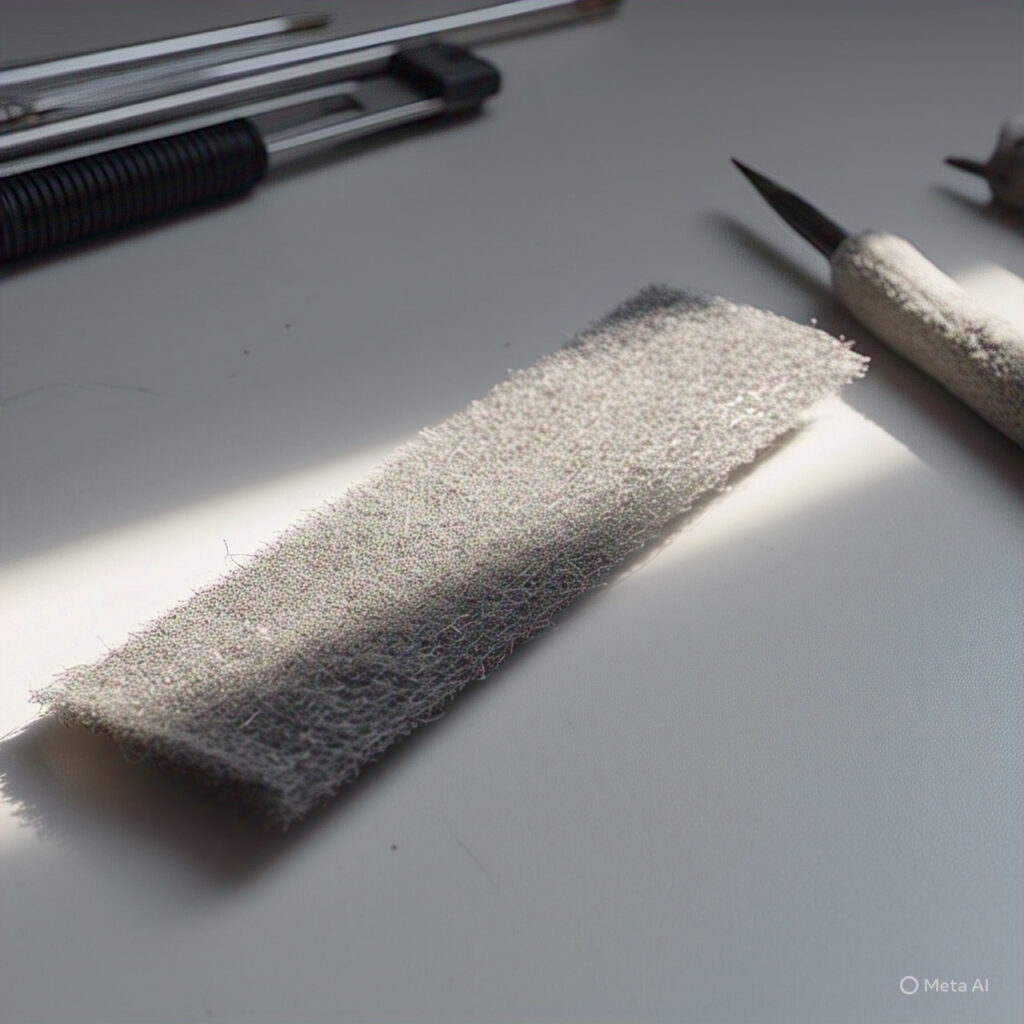
Uses of Emery Cloth in the Fashion Industry
While its roots may lie in metalwork, it has carved out a strong niche in textile finishing and garment design. Here’s how fashion professionals use it:
1. Refining Leather Goods
Before dyeing or stitching leather, it’s common to buff the surface using fine . This removes imperfections and prepares the leather to better absorb treatments.
2. Creating Distressed Denim
Want that perfect vintage fade on your jeans? it helps designers create organic-looking wear patterns, faded thighs, and frayed hems without compromising the fabric’s integrity.
3. Prepping for Textile Paint or Dye
When applying paint or dye to cotton, silk, or synthetic blends, a quick sanding with ultra-fine it can enhance adhesion and evenness, especially for custom pieces.
4. Polishing Hardware
Zippers, buttons, rivets, buckles—any of these may be lightly buffed with remove oxidation, enhance shine, or even give a brushed metal look.
5. Finishing Edges
After cutting thick fabrics, edges may feel rough or jagged. Emery cloth allows for smooth, professional edge finishing, especially in tailored garments.

Emery Cloth vs. Other Fabric Smoothing Tools
Fashion creatives have many tools at their disposal—but not all are created equal. Here’s how emery cloth stacks up:
| Tool | Best For | Limitations |
|---|---|---|
| Emery Cloth | Versatile finishing on soft and hard surfaces | Less effective on ultra-delicate fabrics |
| Sandpaper | Heavy-duty shaping | Can damage soft textiles, not flexible |
| Steel Wool | Polishing metal fasteners or shoes | Leaves residue, abrasive on fabrics |
| Textile Files | Very precise edge work | Limited surface area, time-consuming |
| Buffing Pads | Smoothening large surfaces | Less grit precision compared to emery cloth |
Why Emery Cloth Wins
It offers the perfect balance of flexibility, control, and gentleness. Fashion requires tools that can work across materials—fabric, leather, hardware—and it delivers on all fronts.
DIY Fashion Projects Using Emery Cloth
Fashion lovers and DIYers are constantly experimenting. Here’s how you can use at home to take your projects to the next level:
1. Upcycle Old Denim
Give old jeans a makeover:
- Rub the thighs with medium-grit cloth for a faded look.
- Lightly sand pockets or knees for a rugged effect.
- Distress hems without full fraying.
2. Revive Scuffed Leather Bags or Shoes
Use fine-grit to gently buff out scratches or blemishes. Follow up with leather conditioner for a glossy finish.
3. Custom Fabric Patches
Want to dye or paint fabric patches? Prepping them with it makes them smoother and more absorbent.
4. Create Texture in Fabric Art
If you’re into textile art, a bit of sanding can help you create depth and interest in your designs.
Tips for Success
- Always test on a hidden area first.
- Work in circular motions for even wear.
- Use light pressure and build gradually.
How Top Designers Use Emery Cloth for Finishing Touches
While it may be a quiet tool in the fashion world, is no stranger to the runway.
1. Leather-Focused Brands
Brands like Balenciaga and Rick Owens are known for their leather craftsmanship. Behind the scenes, it is often used to prep leather panels or smooth seams before final assembly.
2. Handcrafted Footwear and Bags
Boutique fashion houses that focus on handmade goods use emery cloth to polish, distress, and refine every edge. It ensures the products look artisanal, not amateur.
3. Fashion Schools and Studios
Institutes like Parsons School of Design and Central Saint Martins include emery cloth in their materials lists for students. It teaches precision, attention to detail, and the value of finish in fashion.
4. Sustainable Fashion Lines
As upcycling and garment restoration become mainstream, many sustainable designers use emery cloth to restore secondhand items, smoothing imperfections while maintaining character.
Where to Buy the Best Emery Cloth for Fashion Use
Not all emery cloth is created equal. Here’s where to find high-quality, fashion-friendly options.
Top Online Retailers
- Amazon – Offers multi-packs, grit variety
- JoAnn Fabric & Craft Stores – Sometimes carries fashion-use variants
- Tandy Leather – Great for leather-focused cloth
- Etsy – Find handmade or boutique-grade options
What to Look For
- Cloth flexibility – cotton-backed is easier for hand use
- Grit consistency – avoid uneven patches
- Brand reputation – Norton, 3M, and Dura-Gold are trusted names
Price Range
- Entry-level: $5–$10 for 5 sheets
- Mid-range: $10–$25 for premium grit packs
- Pro-use: $30+ for bulk or industrial rolls
FAQs
Q1. What is emery cloth used for in fashion design?
Emery cloth is used in fashion to smooth leather, distress denim, prep fabrics for dye, and add finishing touches to garments, giving them a polished and high-end look.
Q2. Can emery cloth damage fabric?
If used correctly, no. Choose the right grit and apply light pressure—fine-grit emery cloth is safe for most fabrics, especially in edge smoothing and surface prepping.
Q3. How is emery cloth different from sandpaper?
Emery cloth is fabric-backed, more flexible, and better suited for delicate materials like leather and textiles, while sandpaper is stiffer and harsher on soft surfaces.
Q4. Is emery cloth good for DIY fashion projects?
Absolutely! It’s perfect for distressing denim, polishing leather accessories, and prepping surfaces for textile paint or dye, making it a versatile DIY tool.
Q5. Where can I buy high-quality emery cloth for fashion use?
Top choices include Amazon, Tandy Leather, JoAnn Fabrics, and Etsy. Look for flexible cotton backing and consistent grit for best fashion results.
Conclusion: Why Every Fashion Creative Should Know Emery Cloth
Fashion is in the details—and sometimes, the most powerful tools aren’t the most obvious. Emery cloth may not be flashy, but it’s quietly reshaping how garments look, feel, and last. From smoothing leather to refining denim and restoring vintage pieces, it enables designers and DIYers to create truly polished, professional-grade fashion.
Whether you’re a student, a hobbyist, or a full-fledged designer, learning how to use emery cloth could be the missing step in your creative process. It’s time to take this humble textile tool seriously—and unlock its potential in your next fashion masterpiece.


